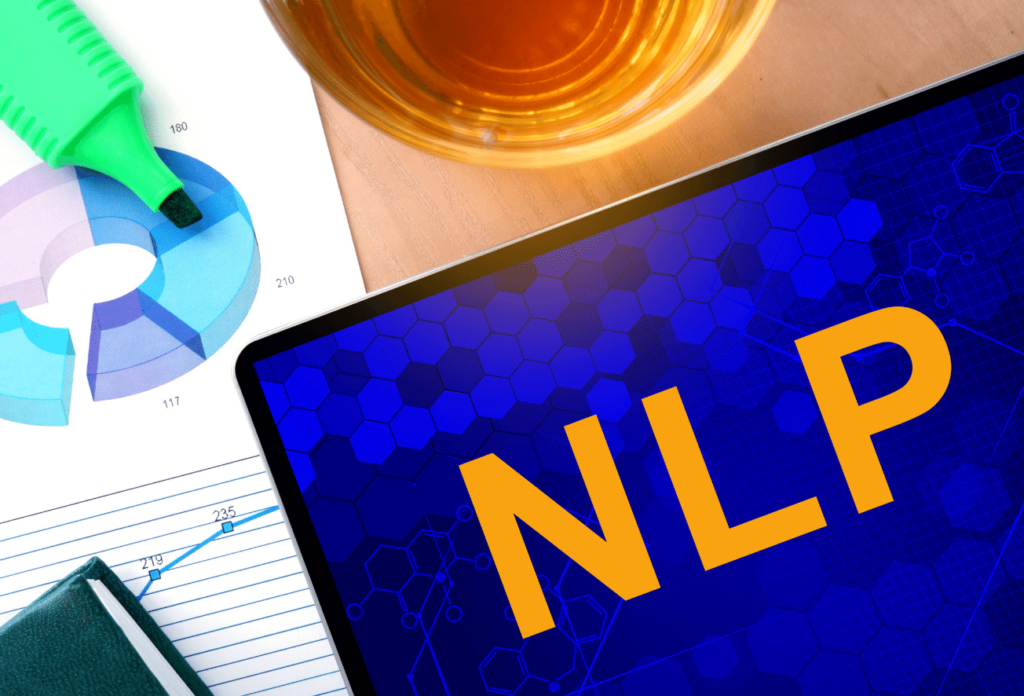Healthcare NLP and Unlocking Unstructured Data Potential
April 9th, 2021
Healthcare NLP (natural language processing) could yield significant potential for unstructured data. Learn how it works and what the future may hold.

Data is everywhere in healthcare. It is the fuel for how the industry is evolving, growing, and delivering care. Data management is complex in the field for many reasons. Unstructured data is one of the most challenging aspects. However, healthcare NLP (natural language processing) is an excellent tool to help unlock the potential of this information.
How Does Healthcare NLP Work?
NLP uses AI to extract unstructured data from EHRs or other HIS (health information systems). In addition to extraction, EHRs are using NLP to provide speech-recognition capabilities during patient visits. There’s no lack of EHR dissatisfaction from clinicians. An AMA (American Medical Association) survey found nearly half of users have some point of frustration with their EHRs.
With the right technology, NLP can improve interaction with EHRs and deliver insights from this mountain of unstructured data.
How Can NLP Deliver Insights Related to Unstructured Data?
By using NLP, you can aggregate unstructured data from multiple sources for analysis. NLP converts the text to structured data, which healthcare systems can use to:
- Classify patients
- Extricate insights
- Summarize information
When you can do this, healthcare NLP can provide opportunities in several areas.
EHR Data Is More Usable
EHRs typically arrange information by patient visit, which isn’t the most feasible way to find what you need. Instead, NLP makes things like history more visible, and that can assist a provider in care plans.
You can isolate by specific words and builds a model of the use of that descriptor. This data would have been buried otherwise. As a result, the clinician could have spent excess time on searching or may have missed a diagnosis.
Predictive Analytics for Population Health
NLP enables predictive analytics that can help improve population health challenges. Since it can analyze unstructured data from multiple sources, NLP is a great tool for predictive analytics at scale. This process is the source of many studies and could be a gamechanger in SDOH (social determinants of health) and healthcare hurdles around COVID-19.
Access to More Data
One of the most exciting aspects of NLP in healthcare is that excerpt capabilities. The biggest barrier to healthcare data management in many ways is accessibility. Most analytics tools have limitations on what they can obtain and process. NLP can do much more such as extracting data from pathology reports, so that clinicians can discover answers to complex questions around diseases.
NLP Only Works with Quality Data
The problems with NLP are like any other data problems. The issue is quality—garbage in, garbage out, as they say. If your EHR or HIS has inaccurate, incomplete, and inconsistent data capture, NLP isn’t a magical tool that can make something out of nothing. To employ NLP and derive benefits, the quality of data matters.
The Best Use Cases of NLP in Healthcare
NLP still has challenges to work out before it can reach its potential with unstructured data. In addition to use in predictive analytics and quality improvement, it’s also effective for decision support. Such a scenario could be flagging patients in an EHR with a family history of a specific diseases. Flagging could initiate communication to those patients of possible risks and what screenings they should undergo.
The future trajectory includes much more such as inferring meanings to add context to patient records and semantics. Semantics are hard for NLP but coming along. The improved technology will be able to decipher subjects and objects.
NLP Healthcare: Technology to Fuel Data-Driven Decisions
The use of NLP in healthcare will grow, as the industry generates more data each day. That data is critical in care delivery, cost reduction, forecasting, and more. It could possibly become a key feature in an EHR or HIS, and its value could revolutionize decisions about proactive healthcare and treatment plans for patients.